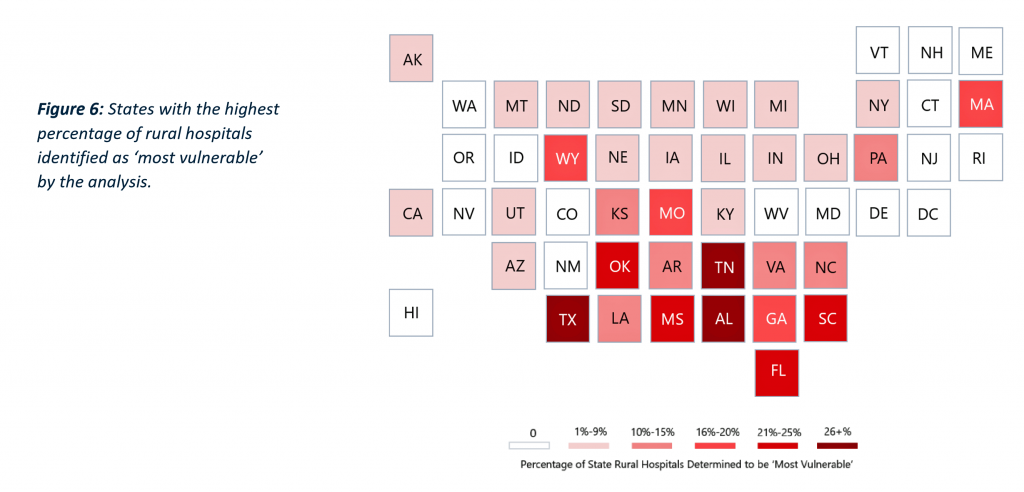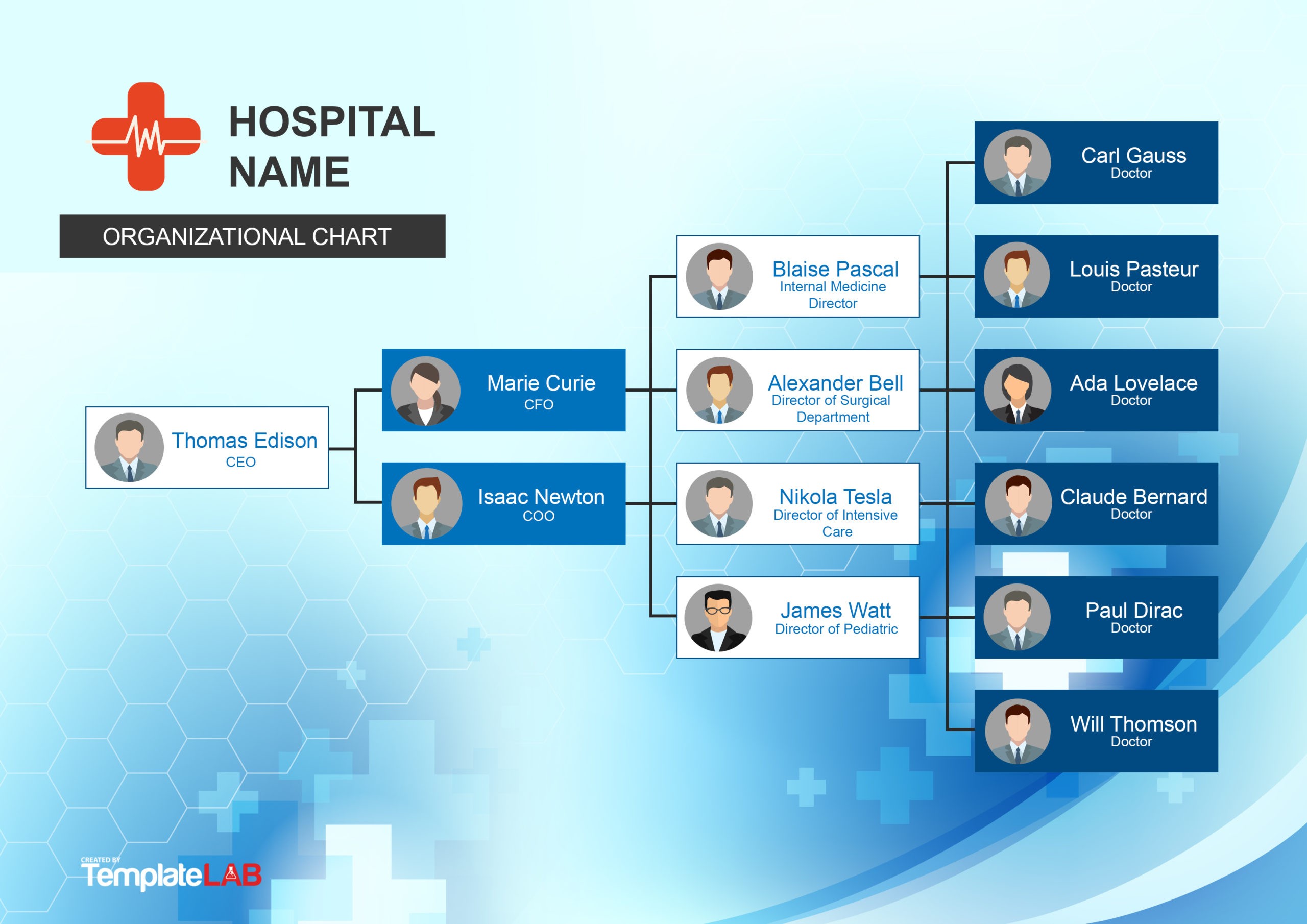
Therefore, the two analyses evaluate an organization's performance in two distinct perspectives and, as a result, can provide a more comprehensive framework to assess an organization's overall performance level. In target analysis, the norm is obtained based on multiple organizations' performance data to evaluate an organization's relative performance level. In control chart analysis, the norm is determined from an organization's own historic data so that one may assess the organization's internal process stability.

The two analyses are alike in that an organization's actual (or observed) performance level is evaluated against a comparative norm, but are fundamentally different as to how such a norm is established. The use of target analysis in addition to a control chart is a key feature of the Joint Commission's analytic methods in the ORYX® initiative. The Joint Commission has developed a target measure range approach (target analysis) as a basis to evaluate Joint Commission accredited organizations' rating for the performance measures.
Adverse Effects: Implementing the measure has little or no chance of inducing unintended adverse consequences. That is, the measure should be capable of indicating whether the process has been delivered with sufficient effectiveness to make improved outcomes likely. Accuracy: The measure accurately assesses whether or not the care process has actually been provided. Proximity: Performing the care process is closely connected to the patient outcome there are relatively few clinical processes that occur after the one that is measured and before the improved outcome occurs. Research: Strong scientific evidence demonstrates that performing the evidence-based care process improves health outcomes (either directly or by reducing risk of adverse outcomes). This approach placed more emphasis on an organization's performance on accountability measures - quality measures that meet four criteria designed to identify measures that produce the greatest positive impact on patient outcomes when hospitals demonstrate improvement: In June 2010 The Joint Commission categorized its process core performance measures into accountability and non-accountability measures. In addition, surveyors conduct “systems tracers” to analyze key operational systems that directly impact the quality and safety of patient care. The survey process now has a greater focus on evaluating actual care processes because patients are traced through the care, treatment and/or services they receive. Many of the key components of the survey process utilize data derived from the national hospital inpatient quality measures. In 2004, the survey process was substantially modified to be more data-driven and patient-centered thus enhancing its value, relevance, and credibility. In January 2000, Joint Commission surveyors began using organization-specific ORYX® Pre-Survey Reports, effectively commencing the use of performance measure data in the survey process. The initial CMS/Joint Commission alignment efforts addressed chart-abstracted measures and subsequently both organizations have worked on aligning as closely as possible the electronic clinical quality measures (eCQMs). Over time, the ORYX® measures have evolved into standardized valid, reliable, and evidence-based quality measures The initial phase of the ORYX® initiative provided healthcare organizations a great degree of flexibility in terms of the measures that could be reported. ORYX® measurement requirements are intended to support Joint Commission accredited organizations in their quality improvement efforts. 
The ORYX® initiative became operational in March of 1999, when performance measurement systems began transmitting data to The Joint Commission on behalf of accredited hospitals. ORYX® is The Joint Commission's performance measurement and improvement initiative, which integrates outcomes and other performance measure data into the accreditation process. As the vision to integrate performance measurement into accreditation became more focused, the name ORYX® was chosen for the entire initiative.

A key component of the Agenda for Change was the eventual introduction of standardized core performance measures into the accreditation process.
CHART HOSPITAL COMPARE SERIES
In 1987, The Joint Commission announced its Agenda for Change, which outlined a series of major steps designed to modernize the accreditation process. Electronic Clinical Quality Measures (eCQMs) Overview.Hospital Value-Based Purchasing Program.CMS Hospital Inpatient Quality Reporting Program.The Joint Commission Quality Initiative.







 0 kommentar(er)
0 kommentar(er)
